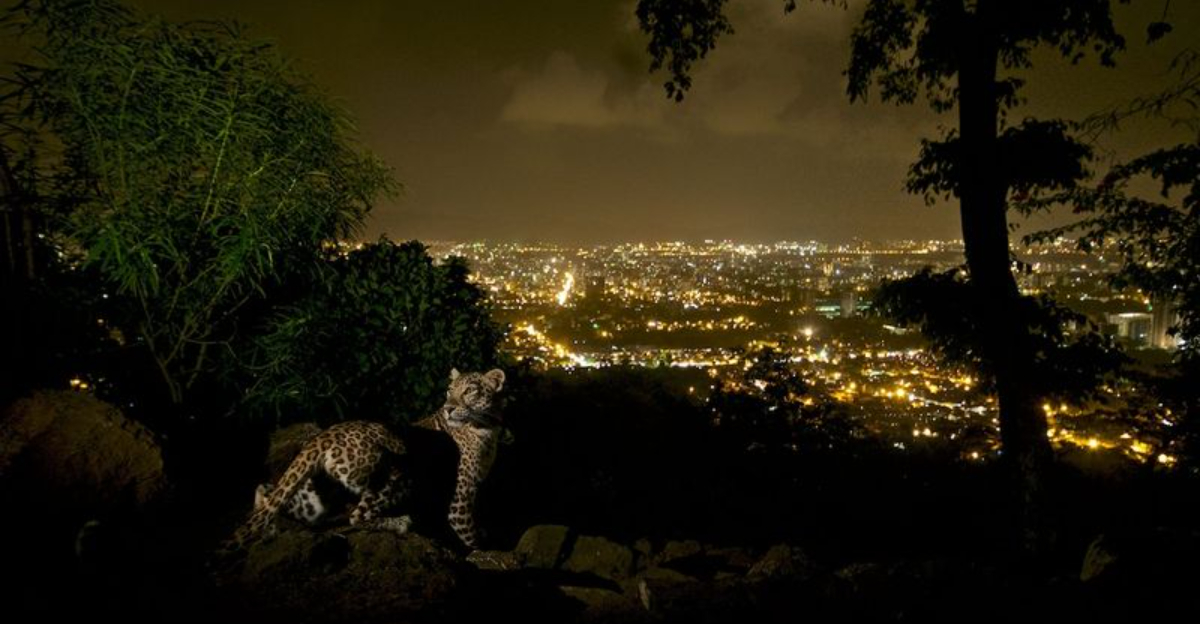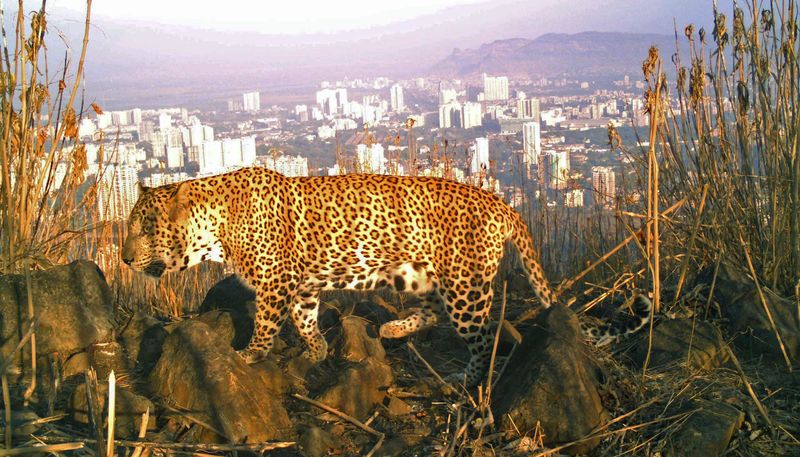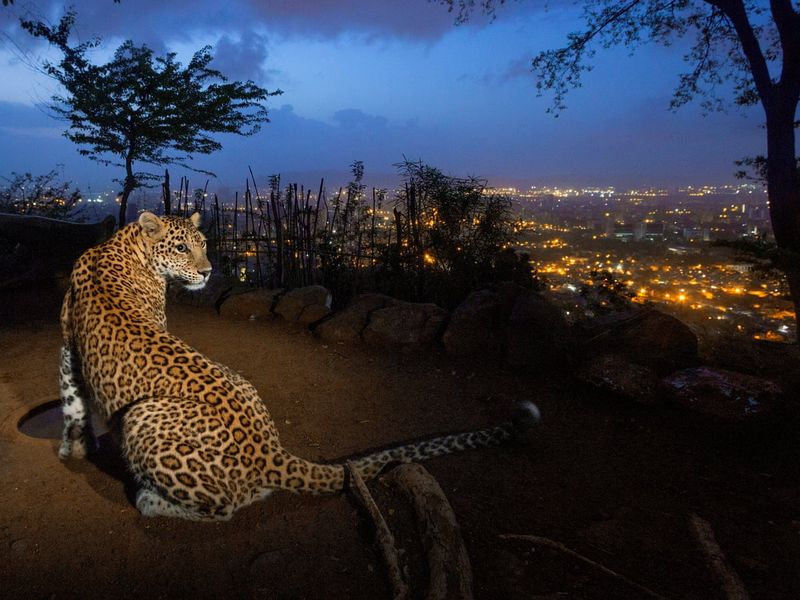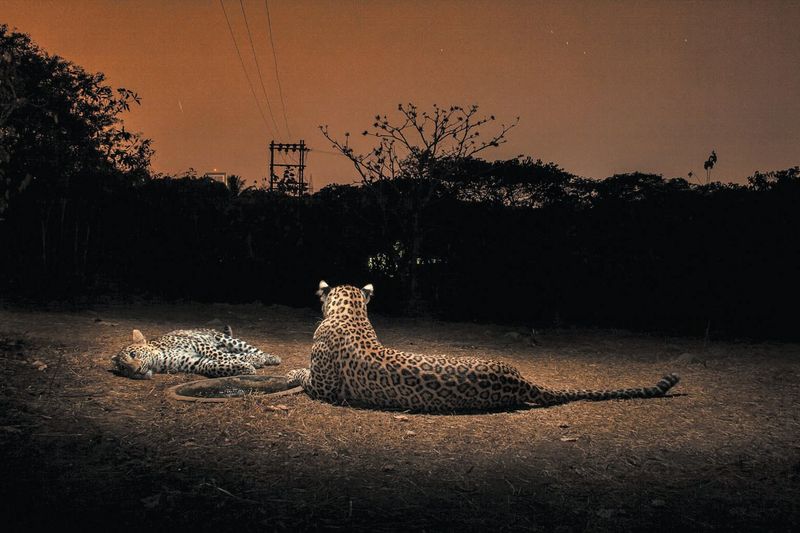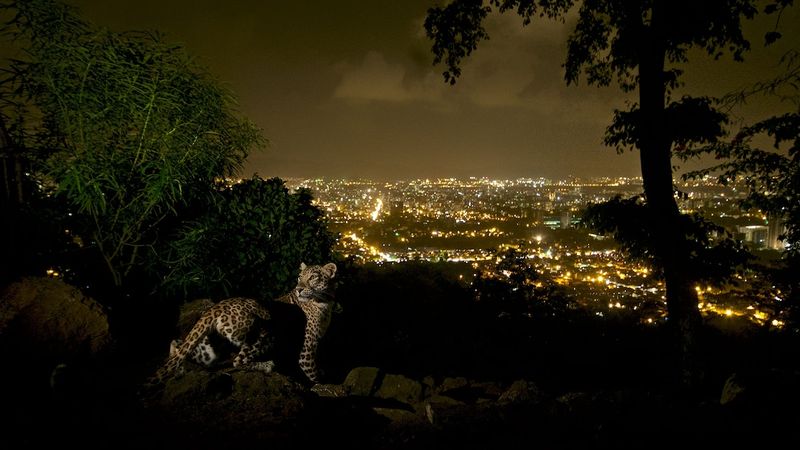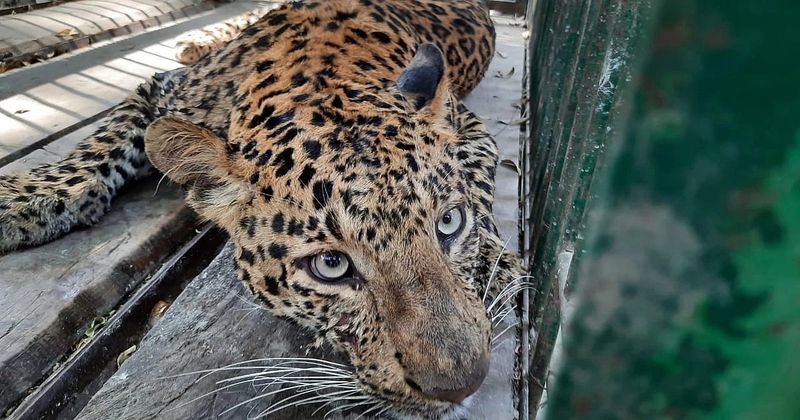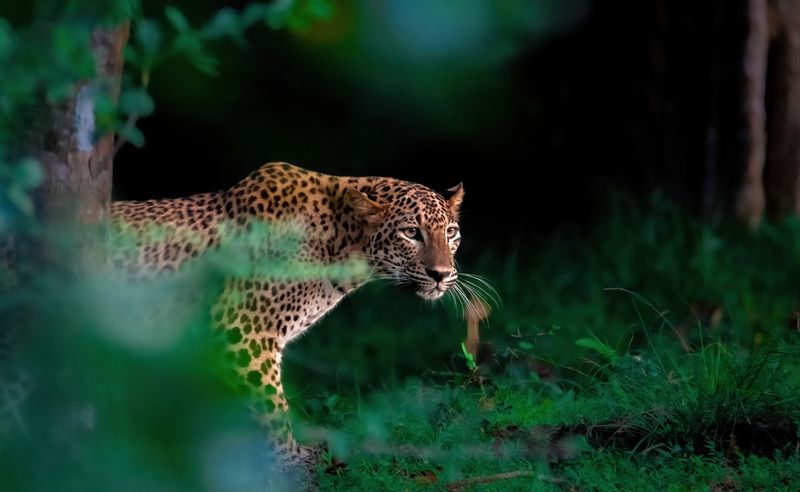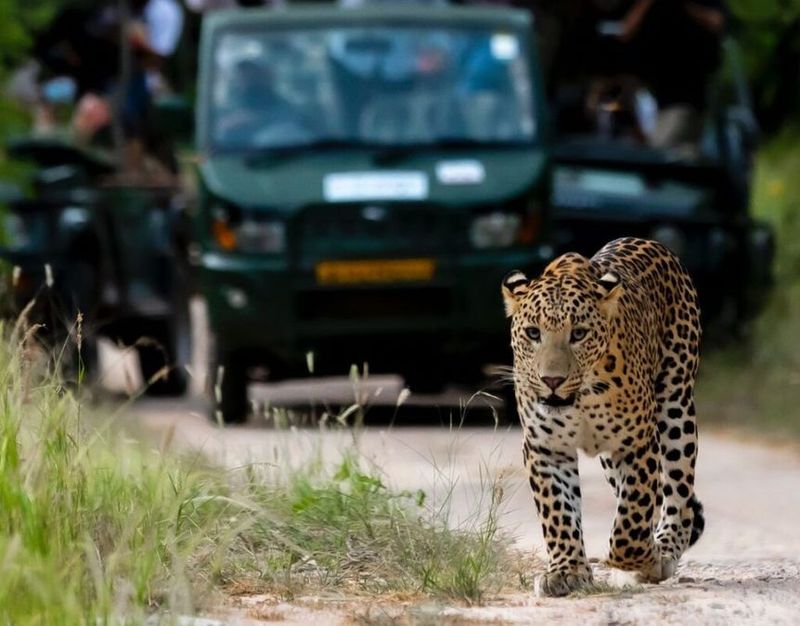📖 Table of Content:
In the heart of one of the world’s most densely populated cities, an unexpected predator has carved out a niche for survival—the Indian leopard. Mumbai, with its high-rises, endless traffic, and thrumming human activity, is also home to a stable and thriving population of these wild cats. Rather than being pushed out by urban expansion, leopards have adapted in remarkably intelligent and resourceful ways.
Sanjay Gandhi National Park (SGNP), a vast stretch of forest surrounded by the city, serves as the epicenter of this urban wildlife phenomenon. Here, amidst the jungle canopy and nearby informal settlements, leopards navigate the blurred boundaries between wilderness and civilization. These cats, elusive yet resilient, have evolved behaviors that allow them to coexist with humans, often going unnoticed in plain sight.
This unique instance of urban wildlife adaptation challenges long-held assumptions about wild animals and human development. It raises critical questions about how cities can be reshaped to accommodate not just people, but also the animals that once called these lands home. The story of Mumbai’s leopards is not just one of survival—it’s a model of coexistence, adaptability, and a subtle but profound harmony with the chaos of city life.
1. Habitat Adaptation in Sanjay Gandhi National Park
Nestled within the city’s northern suburbs, Sanjay Gandhi National Park acts as an unexpected oasis for Mumbai’s leopards. Despite being surrounded on all sides by urban development, this 100-square-kilometer stretch of forest supports a healthy leopard population. These big cats rely on the dense forest cover, rocky outcrops, and minimal human traffic within the core zones to rest, breed, and raise cubs. The proximity of the park to slums and residential colonies creates a rare overlap of wild and urban life. Still, the leopards have learned to remain discreet, slipping through the foliage and avoiding direct encounters with humans. Their ability to thrive in this park—while being just meters away from apartment buildings—demonstrates incredible behavioral plasticity. As Mumbai grows, so too does the importance of preserving SGNP as a lifeline for wildlife.
2. Thriving on Urban Prey
Remarkably, these leopards have modified their hunting habits to suit city life. In place of traditional wild prey like deer or monkeys, they now hunt stray dogs, pigs, and even poultry that roam freely around urban fringes. This dietary shift has played a significant role in their sustained presence in human-dominated spaces. Urban prey is abundant, easy to catch, and frequently found near garbage dumps or in poorly managed neighborhoods. Rather than endangering humans, this shift has ironically created a form of pest control for some communities. By preying on animals that often pose hygiene and noise concerns, leopards fulfill an inadvertent ecological role. Their dietary flexibility ensures they’re well-fed without needing to venture far into natural habitats.
3. Nocturnal Lifestyle Reduces Human Conflict
Adopting a predominantly nocturnal routine, leopards have dramatically reduced the risk of confrontation with Mumbai’s human population. During the daytime, they retreat into foliage, abandoned buildings, or other secluded spots within their territory. Their movements become more frequent and bold only after sunset, when most of the city winds down. This temporal separation between human and leopard activity reduces fear and promotes coexistence. By avoiding crowded hours and blending with the shadows, these felines minimize their visibility. Additionally, their stealthy nature makes them naturally elusive, further aiding in their undetected passage. In a city that never sleeps, the leopards’ timing remains one of their most effective survival tactics.
4. Use of Urban Infrastructure
Interestingly, leopards have discovered clever ways to navigate the city by co-opting existing infrastructure. Stormwater drains, dry riverbeds, railway embankments, and narrow green corridors serve as highways for these agile creatures. These passageways allow them to traverse from one green patch to another while avoiding roads and densely populated zones. Their use of such routes is not just opportunistic—it’s strategic and often habitual. Wildlife biologists have observed repeat patterns in their paths, showing that leopards memorize safe routes. This urban map, invisible to most humans, highlights how adaptable and observant these cats truly are. Far from being displaced, they’ve woven themselves into the very fabric of Mumbai’s structure.
5. Coexistence Tactics and Human Habituation
For many local communities near leopard-prone areas, coexistence is not just ideal—it’s necessary. People have adapted their lifestyles to reduce risks, avoiding outdoor activity at night and keeping livestock secured. Educational campaigns by NGOs and forest officials have taught residents how to respond calmly to sightings and avoid provocation. Over time, fear has given way to cautious respect and even admiration in some neighborhoods. These shifts in human behavior are just as important as the leopards’ own adaptations. Together, both species have learned a kind of mutual choreography that avoids conflict. Rather than an all-out struggle, it has become a quiet, negotiated balance of space and behavior.
6. Conservation and Tracking Efforts
Behind the scenes, dedicated conservationists and forest officers play a crucial role in monitoring Mumbai’s leopards. Camera traps placed at strategic locations capture images of individual leopards, allowing experts to study their range and habits. In some cases, GPS collars have been fitted to track movements in real time, yielding valuable insights about how they navigate the city. These efforts enable early warnings for communities when a leopard strays too far into human areas. Additionally, data collected from such studies inform public awareness campaigns and government planning. Without this ongoing research and surveillance, conflict mitigation would be far more difficult. The blend of science and policy has been key to the leopards’ continued urban existence.
7. Cultural and Religious Tolerance
Cultural values in many Indian communities have long emphasized reverence for nature and wildlife. In certain Hindu beliefs, the leopard is viewed as an extension of the divine, part of the natural order that must be respected. Some people leave food offerings near forest edges, not out of fear, but from ritual. This cultural lens often translates into surprising tolerance, even after occasional livestock losses or sightings near homes. Instead of calls for removal or extermination, many communities opt for alerting forest officials and waiting for the leopard to retreat. Such cultural acceptance plays a silent yet powerful role in peaceful coexistence. Ultimately, it’s not just science, but belief, that allows leopards to thrive here.
